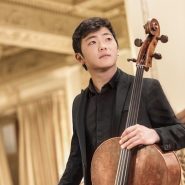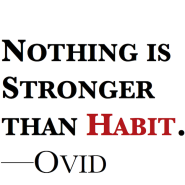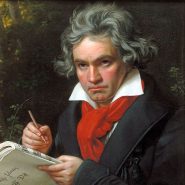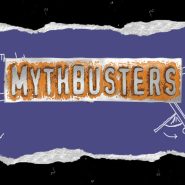Tag: Preparation
By Joanna Latala December 16, 2024
Subjects Artistic Vision, Practicing
Tags balance, performance, Preparation, Recovery, Resilience, Rest, Visualization
By Joanna Latala October 21, 2024
By Blogmaster December 1, 2018
Subjects Interviews
By Jonathan Thomson November 3, 2014
Subjects Practicing
By Selma Gokcen November 26, 2013
Subjects Playing Healthy
Tags accuracy, act, Alexander Technique, attention, Awareness, back, blog, cello, cello playing, cellobello, detect your intention, discovery, distress, effect, effect on cello playing, effortless quality, experiment, familiar, fingers, Gokcen, Habits, head to toe, holding, motion, neck, neuromuscular system, our surroundings, overdoing, pack up our habits, position of rest, Preparation, response, response to life, Selma, sitting, solution, standing, successful functioning in daily activities, support, tension, the preparation phase of movement, well-practiced
By Jonathan Pegis December 11, 2012
Subjects Orchestra, Repertoire
Tags attention to detail, Beethoven, Beethoven Symphonies, Beethoven's 5th Symphony, bow control, bow technique, cello, cello excerpt, cellobello, continuous vibrato, details, dynamics, Excerpts, intonation, Jonathan, legato, melody, musicality, Pegis, phrasing, practice tips, Preparation, Rhythm, shifting, singing, Sound, sound production, technical challenges, tempo, vibrato
By Selma Gokcen November 5, 2012
Subjects Playing Healthy, Practicing
By Jonathan Pegis October 19, 2012
Subjects Orchestra, Repertoire
Tags accents, Audition, Beethoven, blog, bow changes, bow speed, cello, cellobello, coaching, confidence, control, dynamics, education, Excerpts, inflection, legato, markings, mistakes, nerves, orchestra, orchestral excerpts, phrasing, practicing, Preparation, pressure, recording, release, Rhythm, singing, sustain, Symphony, teacher, Teaching, technical challenges, variations, vibrato
By Selma Gokcen October 2, 2012
Subjects Playing Healthy, Practicing
By Selma Gokcen June 15, 2012
Subjects Playing Healthy
By Selma Gokcen May 7, 2012
Subjects Playing Healthy
By Mickey Katz April 26, 2012
Subjects Artistic Vision, Orchestra
By Selma Gokcen March 13, 2012
Subjects Playing Healthy
By Selma Gokcen February 12, 2012
Subjects Playing Healthy
Tags Alexander Technique, Awareness, body, cello, cellobello, Gokcen, healthy playing, lessons, Mind, movement, nature, Preparation, progress, repetition, Selma, sensations, Sensory, tension
By Brant Taylor November 16, 2011















